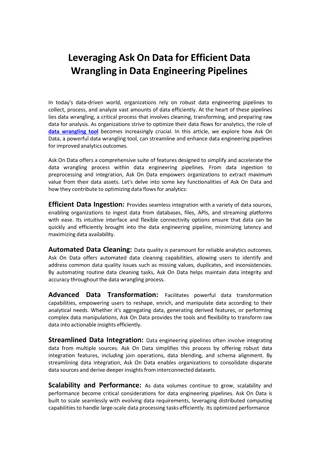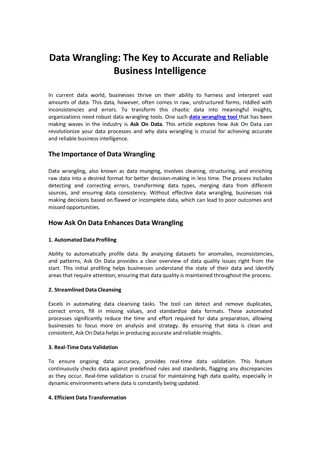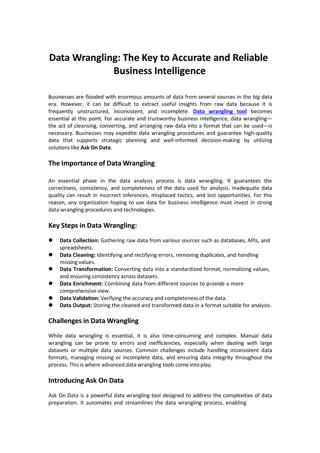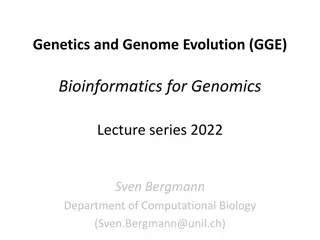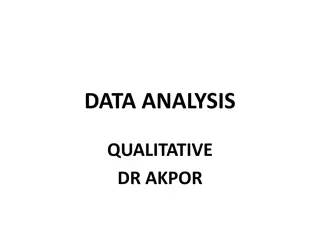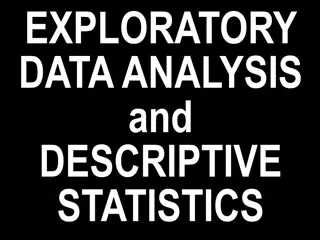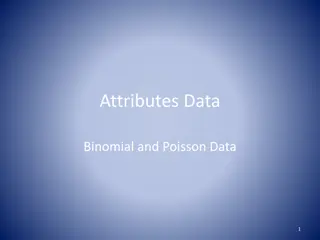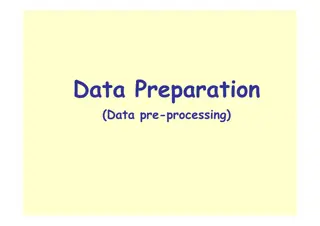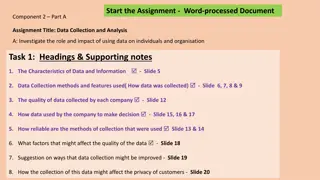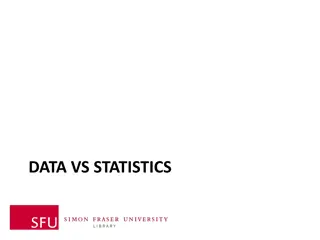
Insights into Biodigester Data Analysis
We have gathered significant data on our biodigesters, but what does it signify and how does it address our research query? By examining the cumulative biogas and methane production over time, we can ascertain peak outputs and understand the progression of gas generation in the biodigester experiment.
Uploaded on | 0 Views
Download Presentation

Please find below an Image/Link to download the presentation.
The content on the website is provided AS IS for your information and personal use only. It may not be sold, licensed, or shared on other websites without obtaining consent from the author. If you encounter any issues during the download, it is possible that the publisher has removed the file from their server.
You are allowed to download the files provided on this website for personal or commercial use, subject to the condition that they are used lawfully. All files are the property of their respective owners.
The content on the website is provided AS IS for your information and personal use only. It may not be sold, licensed, or shared on other websites without obtaining consent from the author.
E N D
Presentation Transcript
Data analysis By now, we have collected lots of data about our biodigesters. But what does it mean? How does it answer our research question?
How much biogas was produced? Cumulative Biogas (ml) 0 20 30 40 70 100 105 110 110 110 110 Here is some data from a biodigester experiment. To calculate the amount of biogas produced, you will need to add the numbers in each cell to the one above it. Day 0 2 4 6 8 10 12 14 16 18 20 Biogas (ml) 0 20 10 10 30 30 5 5 0 0 0 Cumulative Biogas on Day 2 = Biogas on Day 1 + Biogas on Day 2 Cumulative Biogas on Day 4 Cumulative Biogas on Day 2 + Biogas on Day 4 = Biogas production may be high at first due to fermentation of easily degradable materials. Then decrease and increase again as methanogens start to become active.
We can plot the cumulative biogas production over time and determine the maximum biogas production Maximum Biogas Production = 110 mL Cumulative Biogas Production Cumulative Biogas Production (mL) 120 100 Biogas production levels off after all the degradable organic matter is consumed by the microbes. 80 60 40 20 0 0 5 10 15 20 25 Day
We can calculate how much methane is produced in the biodigester Biogas Production (mL) 0 20 10 10 30 30 5 5 0 0 0 Methane content (%) 0 0 60 75 75 75 75 75 0 0 0 Methane Production (mL) 0 0 6 7.5 22.5 22.5 3.75 3.75 0 0 0 Day 0 2 4 6 8 10 12 14 16 18 20 ?????? ?????????? ??? ??? ??????? 100% ??? ??? ?????????? = Methane may be low at first because it takes time for methanogenesis to start.
How much methane was produced? Cumulative methane (mL) 0 0 6 13.5 36.0 58.5 62.3 66 66 66 66 Methane (mL) 0 0 6 7.5 22.5 22.5 3.8 3.8 0 0 0 Day 0 2 4 6 8 10 12 14 16 18 20 To calculate the amount of methane produced, you will need to add the numbers in each cell to the one above it. Cumulative Methane on Day 2 = Methane on Day 1 + Methane on Day 2 Cumulative Methane on Day 4 Cumulative Methane on Day 2 + Methane on Day 4 =
We can plot the cumulative methane production over time and determine the maximum methane production Maximum Methane Production = 66 mL Cumulative Methane Production 70 Cumulative methane production (mL) 60 50 Methane production stabilizes as all the volatile fatty acids produced by fermentation are used up. 40 30 20 10 0 0 5 10 15 20 25 Day
Other plots? Students can also graph pH vs time, methane content vs. time, or other variables. By comparing these values, they may be able to make sense from their data. For example, if the pH dropped, biogas production was still high but the methane content of the biogas was very low, the reactor might have soured due to too much organic acid production.
Data analysis By now, we have collected lots of data about our biodigesters. But what does it mean? How does it answer our research question? Write the answers to the following questions: What was the research question? What was the hypothesis? How did the data you collected answer that research question? Does the data support your hypothesis?
How can be relate our data to a real world example? Students might want to calculate how much methane can be produced from the school s food waste: Full scale methane production (L) =????? ??? ??? ?????????? ?? ????? ?? ??? ????? ???????? ?? 1000 ?/?? 1000 ??/? ????? ????? ?? ????? ? Students can use this information and other resources to calculate the energy content of the methane produced and compare this with the energy used by the school for cooking or transportation. They may also want to calculate the size of the biodigester needed for the school based on typical organic loading rates for biodigesters.
Conclusions What did we learn from this experiment? How can we explain our findings to friends, family, or someone else who is interested in the experiment? An important part of the scientific method is sharing and communicating our results. To do this, each lab group will construct a results booklet.


